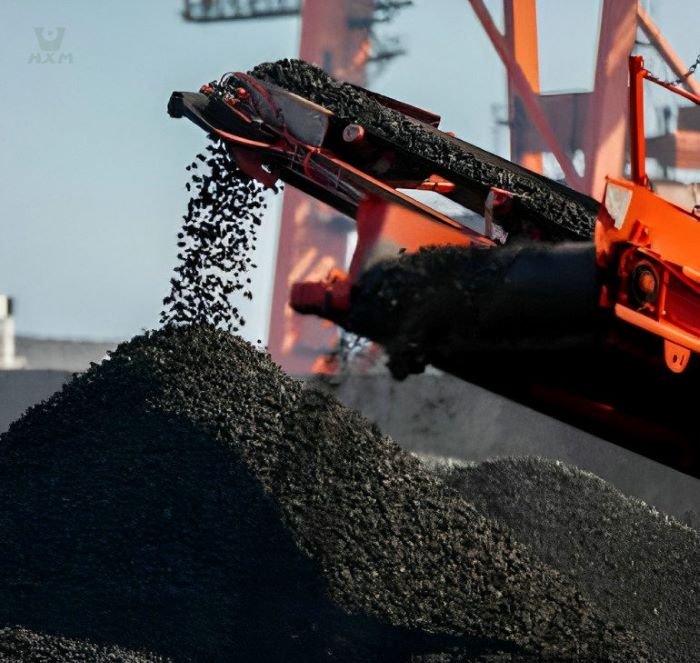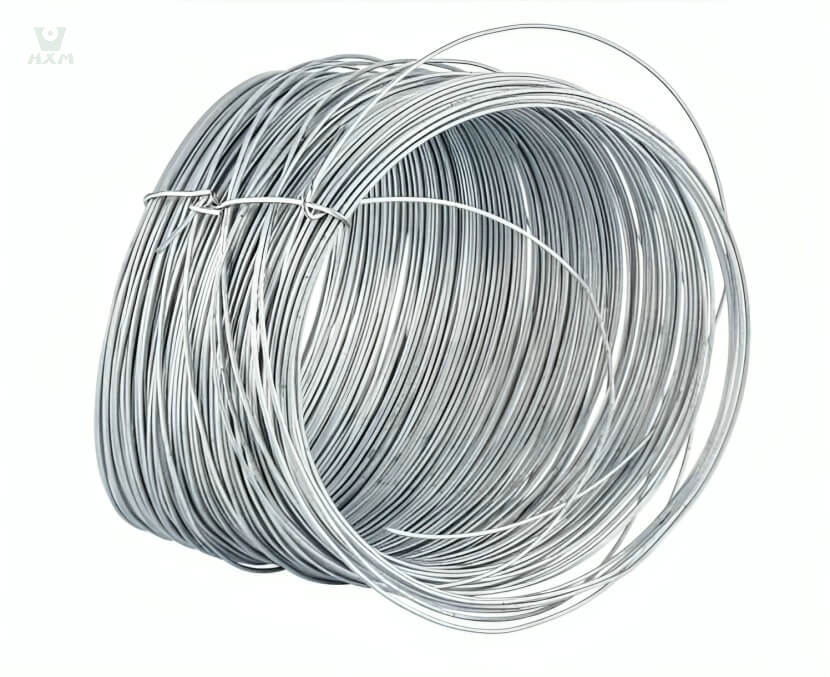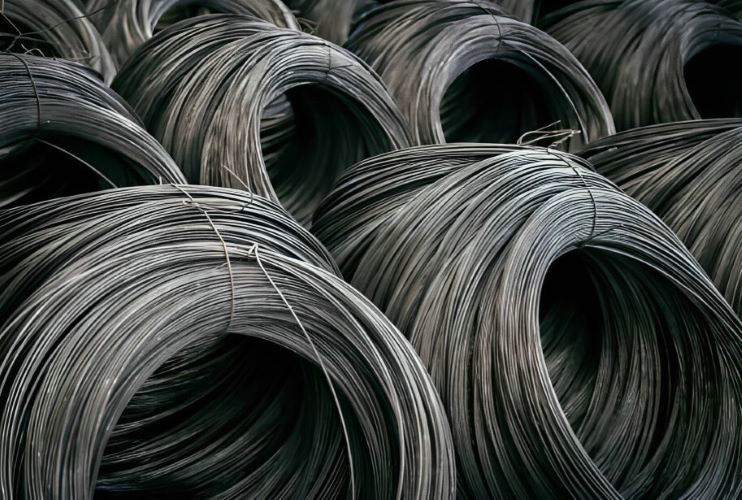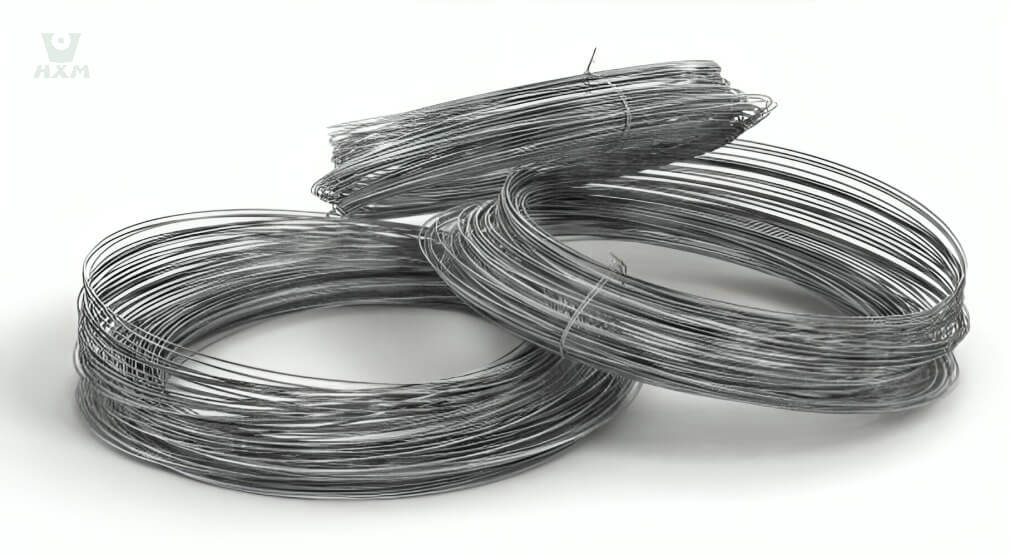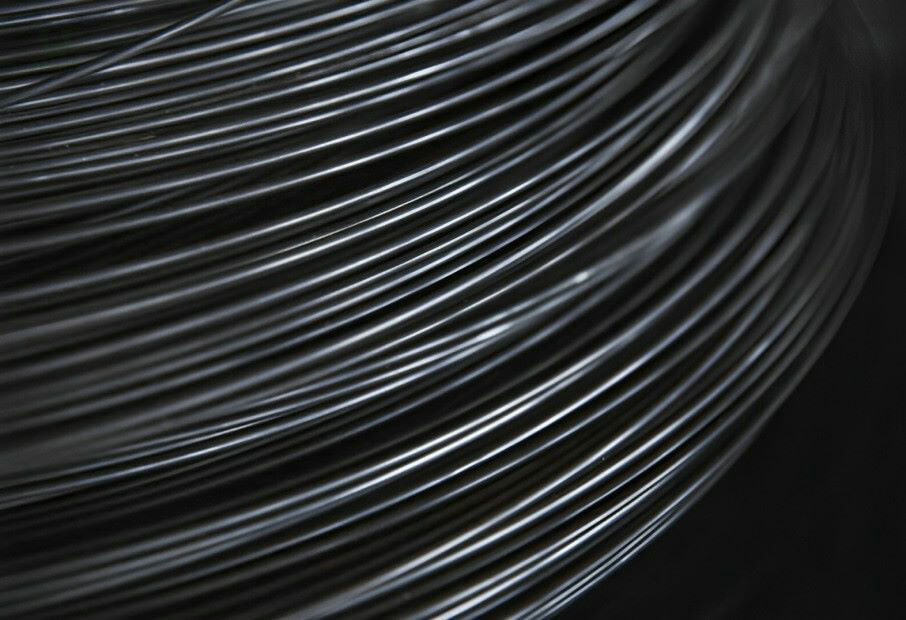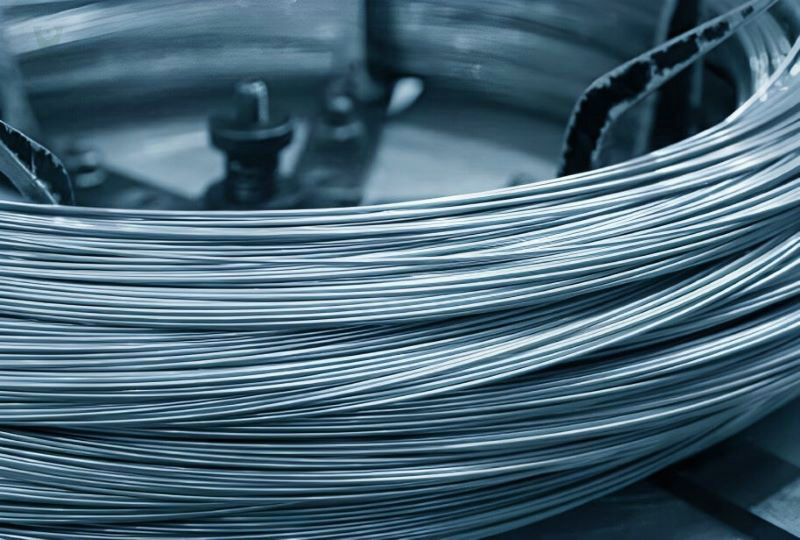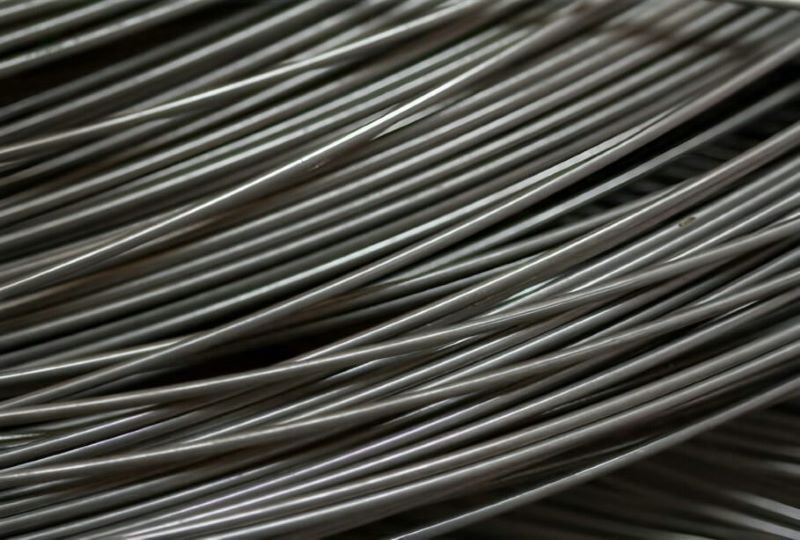Carbon, an elemental cornerstone in the realm of materials science, plays a pivotal role in defining the characteristics and properties of stainless steel. Often regarded as a quintessential alloying element, carbon significantly influences the structure, strength, and corrosion resistance of stainless steel.
what is the carbon in stainless steel?
Carbon in stainless steel is a vital alloying element that significantly influences the material’s properties. In stainless steel, carbon content generally ranges from ultra-low levels (as low as 0.03%) to higher percentages (up to 1.2%). The amount of carbon profoundly affects the steel’s characteristics, including its strength, hardness, and corrosion resistance. Low-carbon stainless steel grades possess enhanced weldability and corrosion resistance due to reduced carbide precipitation, while high-carbon content can increase hardness and strength but may compromise corrosion resistance. Additionally, carbon interacts with other alloying elements, impacting the steel’s microstructure and influencing its overall performance in various applications, highlighting the intricate balance required in carbon composition for desired stainless steel properties.
Carbon Content Variations
Low-carbon stainless steel
Low-carbon stainless steel, characterized by a reduced carbon content typically below 0.03%, possesses distinctive properties and finds diverse applications:
- Enhanced Corrosion Resistance: Low-carbon in stainless steel demonstrates superior resistance to corrosion, particularly in environments susceptible to sensitization and intergranular corrosion. This is due to reduced carbide precipitation, which maintains the material's corrosion resistance even after welding or heat treatment.
- Improved Weldability: Its low carbon content minimizes the formation of chromium carbides at grain boundaries during welding, thereby preserving the steel's corrosion resistance. This enhances weldability, making it suitable for applications requiring extensive welding.
- Suitability for Specific Environments: Low-carbon stainless steel is ideal for applications in aggressive environments such as chemical processing, pharmaceuticals, food processing, and medical equipment, where corrosion resistance is paramount.
- Fabrication Flexibility: Its excellent formability, ductility, and ease of fabrication make it suitable for a wide range of manufacturing processes, including sheet metal forming, machining, and forging.
- Common Grades and Applications: Common grades such as AISI 304L or 316L exemplify low-carbon stainless steel's usage in equipment for handling chemicals, food production machinery, medical devices, and architectural structures requiring prolonged exposure to harsh environmental conditions.
In summary, low-carbon in stainless steel stands out for its exceptional corrosion resistance, weldability, and versatility in various industries where maintaining corrosion resistance after welding is crucial. Its applications span across sectors that demand high-performance materials capable of withstanding aggressive environments.
| Element | AISI 304L Composition (%) | AISI 316L Composition (%) | AISI 201L Composition (%) | AISI 409L Composition (%) |
|---|---|---|---|---|
| Carbon (C) | ≤ 0.03 | ≤ 0.03 | ≤ 0.15 | ≤ 0.03 |
| Chromium (Cr) | 18.0-20.0 | 16.0-18.0 | 16.0-18.0 | 10.5-11.7 |
| Nickel (Ni) | 8.0-12.0 | 10.0-14.0 | 3.5-5.5 | 0.5 max |
| Manganese (Mn) | 2.0 max | 2.0 max | 5.5-7.5 | 1.0 max |
| Silicon (Si) | 1.0 max | 1.0 max | 1.0 max | 1.0 max |
| Phosphorus (P) | 0.045 max | 0.045 max | 0.06 max | 0.04 max |
| Sulfur (S) | 0.03 max | 0.03 max | 0.03 max | 0.03 max |
| Nitrogen (N) | – | – | 0.25-0.29 | – |
| Molybdenum (Mo) | – | 2.0-3.0 | – | – |
High-carbon stainless steel
High-carbon stainless steel, typically containing a carbon content ranging from 0.6% to 1.2%, exhibits unique properties and finds specific applications:
- Increased Hardness and Strength: Higher carbon in stainless steel contributes to increased hardness and strength in stainless steel. This makes high-carbon stainless steel exceptionally durable and suitable for applications demanding robustness and wear resistance.
- Less Corrosion Resistance: However, compared to low-carbon stainless steels, high-carbon variants might have slightly reduced corrosion resistance due to the increased potential for carbide formation, which can impact the steel's ability to resist certain corrosive environments.
- Cutting and Tool Applications: The elevated hardness and edge retention make high-carbon stainless steel well-suited for knife blades, cutting tools, surgical instruments, and other applications where sharpness, edge retention, and durability are paramount.
- Industrial Machinery Components: High-carbon stainless steel finds use in industrial machinery components requiring high strength, such as bearings, springs, and shafts.
- Challenges in Welding: Weldability might be compromised due to the propensity for carbide precipitation during welding, potentially reducing the steel's corrosion resistance in welded areas.
Overall, high-carbon in stainless steel offers exceptional strength and hardness, making it ideal for applications demanding superior cutting performance, durability, and resistance to wear. However, its reduced corrosion resistance and challenges in welding require careful consideration for specific application suitability.
| Element | AISI 440C Composition (%) | AISI 420 Composition (%) | AISI 431 Composition (%) | AISI 4140 Composition (%) |
|---|---|---|---|---|
| Carbon (C) | 0.95-1.20 | 0.15-0.40 | 0.20-0.25 | 0.38-0.43 |
| Chromium (Cr) | 16.0-18.0 | 12.0-14.0 | 15.0-17.0 | 0.8-1.1 |
| Manganese (Mn) | 1.0 max | 1.0 max | 1.0 max | 0.75 max |
| Silicon (Si) | 1.0 max | 1.0 max | 1.0 max | 0.15-0.30 |
| Phosphorus (P) | 0.04 max | 0.04 max | 0.04 max | 0.04 max |
| Sulfur (S) | 0.03 max | 0.03 max | 0.03 max | 0.04 max |
| Nickel (Ni) | 0.6 max | – | 1.25-2.50 | 0.25 max |
| Molybdenum (Mo) | 0.75 max | – | 0.60 max | 0.15-0.25 |
Interplay with Other Elements
Carbon interacts significantly with other alloying elements like chromium and nickel in stainless steel:
- Carbon-Chromium Interaction: In high-carbon stainless steel, the presence of carbon enables the formation of chromium carbides when heated or cooled rapidly, which can compromise corrosion resistance. However, in controlled amounts, chromium aids in forming a protective oxide layer (passivation) on the steel's surface, enhancing corrosion resistance despite the carbon-chromium carbide formation.
- Carbon-Nickel Interaction: Nickel, an austenitic stabilizer, influences the steel's microstructure and enhances corrosion resistance. Carbon, when present in high amounts, can combine with nickel to form carbides, potentially reducing the nickel's austenitic effect and impacting the steel's mechanical properties and corrosion resistance.
- Balancing Act: The balance between carbon, chromium, and nickel content in stainless steel is crucial. Lower carbon content ensures lesser carbide formation, preserving corrosion resistance, while higher chromium and nickel content help counteract the adverse effects of carbon on the steel's properties.
- Controlled Heat Treatment: Proper heat treatment processes, such as annealing or tempering, can help manage the interactions between carbon and other elements, optimizing the steel's microstructure for desired mechanical and corrosion-resistant properties.
Understanding the intricate interplay between carbon, chromium, nickel, and other elements is fundamental in controlling stainless steel’s properties, ensuring a delicate balance for achieving the desired performance in various applications.
conclusion
The presence of carbon in stainless steel plays a pivotal role in shaping its properties and performance. Its controlled content influences hardness, strength, and corrosion resistance. While a higher carbon content can enhance hardness, it may compromise corrosion resistance due to carbide formation. Understanding this balance between carbon and other alloying elements like chromium and nickel is crucial in tailoring stainless steel for specific applications.
This exploration into stainless steel alloys underscores the complexity and versatility of these materials. Further research and experimentation into the interplay of carbon and other elements offer opportunities for innovation and advancement in developing stainless steel tailored to diverse industrial needs.
In essence, the intricate relationship between carbon and other alloying elements defines stainless steel’s character. Continued exploration and experimentation will lead to the evolution of stainless steel, offering solutions to various challenges across industries.


